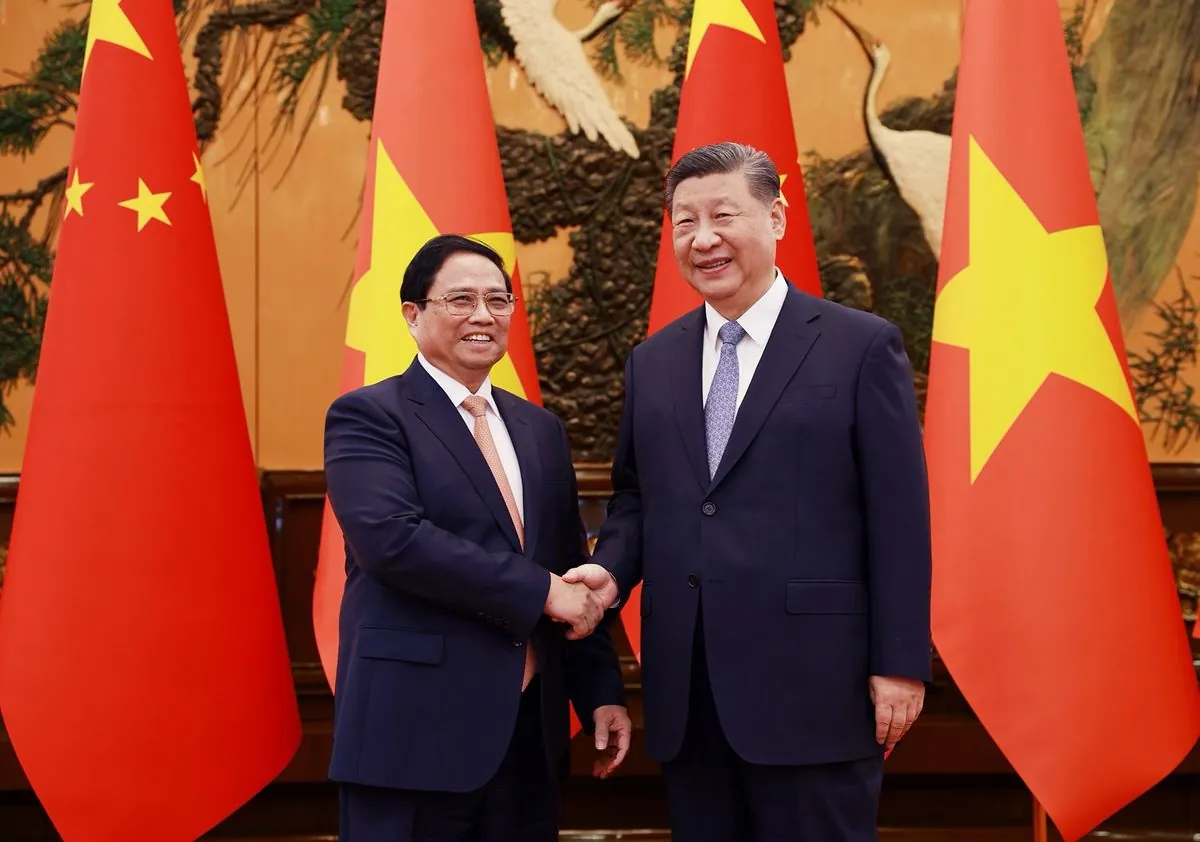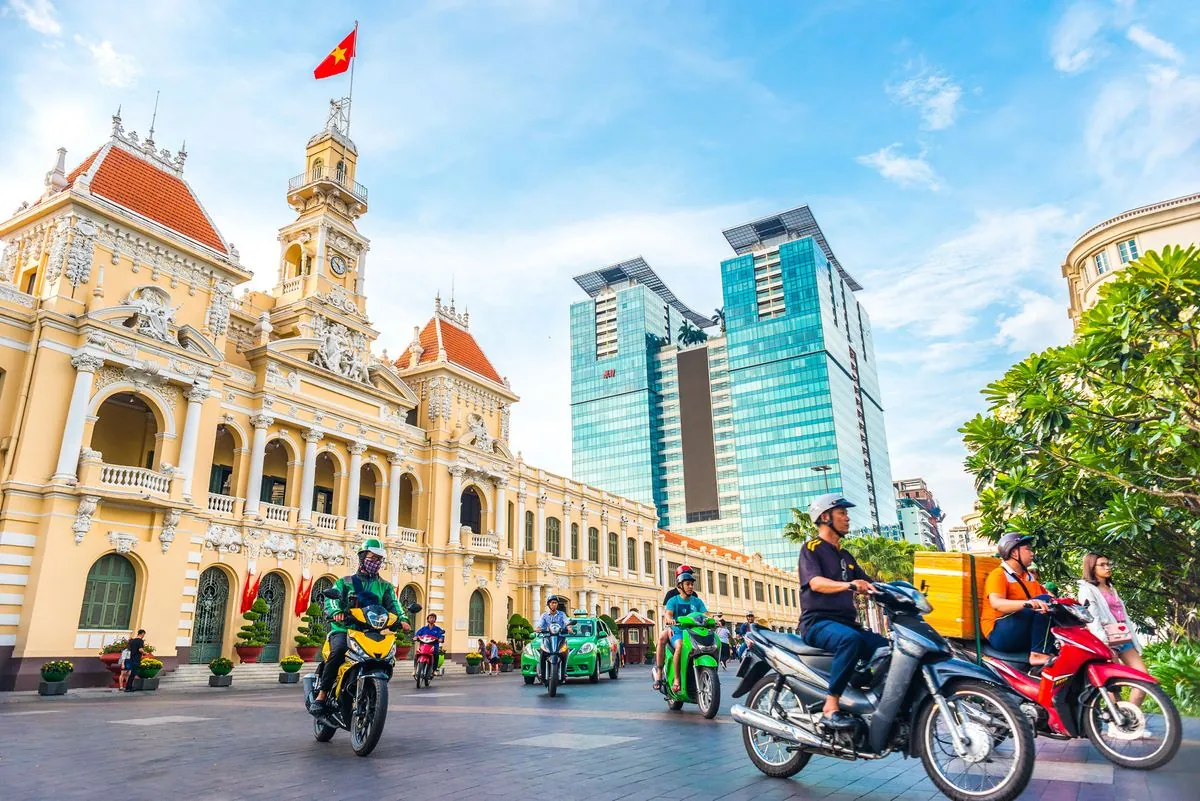Vietnam's Top Leader Visits China to Bolster Bilateral Relations
Vietnam's newly appointed Communist Party chief To Lam embarks on a three-day visit to China, meeting with President Xi Jinping and Premier Li Qiang to strengthen ties and address regional concerns.

To Lam, Vietnam's recently appointed top leader, has commenced a three-day visit to China, arriving in Guangzhou on August 18, 2023. This visit, occurring approximately one year ago from today's date, marks a significant step in strengthening bilateral relations between the two neighboring communist-ruled nations.
The visit's itinerary includes meetings with Chinese President Xi Jinping and Premier Li Qiang, as well as tours of locations in Guangzhou where former Vietnamese President Ho Chi Minh conducted revolutionary activities in the 1920s. This historical connection underscores the deep-rooted ties between the two countries, which formally established diplomatic relations in 1950.
China and Vietnam share a complex relationship, balancing robust economic ties with occasional tensions over territorial disputes in the South China Sea. The two nations have a land border spanning 1,281 kilometers and are among the five remaining communist-ruled states globally. China remains Vietnam's largest trading partner and a significant investor, contributing to Vietnam's status as one of Southeast Asia's fastest-growing economies.

The relationship between China and Vietnam has evolved significantly over the years. In 2008, they established a comprehensive strategic partnership, which was further strengthened in 2013 to address shared international and regional concerns. This progression came after a period of hostility, including the brief Sino-Vietnamese War of 1979, with relations normalizing in 1991.
Recent developments in bilateral ties include Xi Jinping's visit to Vietnam in December 2023, during which over a dozen agreements were signed. These agreements focused on various areas of cooperation, including railway development and establishing communication channels for handling unexpected incidents in the South China Sea.
The South China Sea remains a point of contention, with both countries having competing claims over the Paracel and Spratly Islands. However, efforts have been made to manage these disputes, such as the Tonkin Gulf Agreement of 2000, which partially settled maritime border issues in the Gulf of Tonkin. Since 2006, China and Vietnam have conducted joint patrols in this area.
Economic cooperation between the two nations continues to grow, with initiatives like the "Two Corridors, One Economic Belt" aiming to boost cross-border trade and investment. Both countries are also members of the Regional Comprehensive Economic Partnership (RCEP), further integrating their economies within the broader Asian context.
"This visit fully reflects the great importance he attaches to the development of ties between both parties and countries."
As Vietnam's first state visit under To Lam's leadership, this trip underscores the importance of China-Vietnam relations. However, it's worth noting that Vietnam has been actively diversifying its international partnerships to balance China's influence, a strategy that reflects the complex dynamics of regional geopolitics.
The ongoing dialogue and cooperation between China and Vietnam, despite their differences, demonstrate a commitment to maintaining stability and fostering economic growth in the region. As both nations continue to navigate their shared interests and challenges, the outcomes of this high-level visit may shape the future trajectory of their bilateral relationship.


































